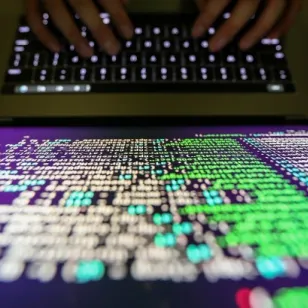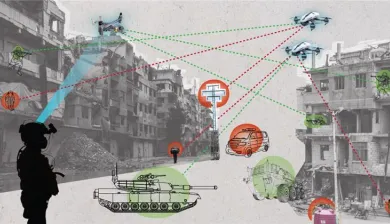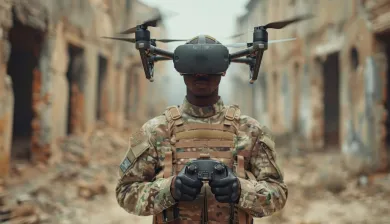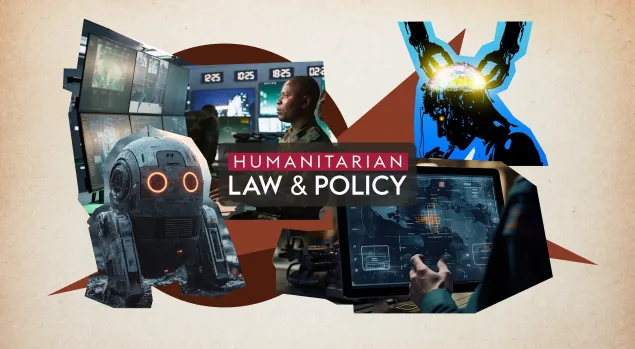Artificial intelligence and machine learning in armed conflict
At a time of increasing conflict and rapid technological change, the International Committee of the Red Cross (ICRC) needs both to understand the impact that new technologies have on people affected by armed conflict and to design humanitarian solutions that address the needs of those who are most vulnerable to the risks these technologies present.
The ICRC, like many organizations across different sectors and regions, is grappling with the implications that artificial intelligence (AI) and machine learning have for its work. AI is the use of computer systems to carry out tasks that require cognition, planning, reasoning or learning – tasks often associated with human intelligence. Machine learning systems are AI systems that are “trained” on and “learn” from data. These data ultimately define the way the systems function. Since they are software tools or algorithms that could be applied to many different tasks, the potential implications may be far-reaching and are not yet fully understood.
There are two broad – and distinct – areas of application of AI and machine learning in which the ICRC has a particular interest: first, its use in the conduct of warfare or other violence; and second, its use in humanitarian action to assist and protect the victims of armed conflict.








